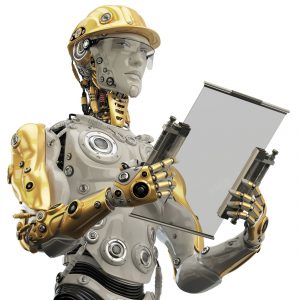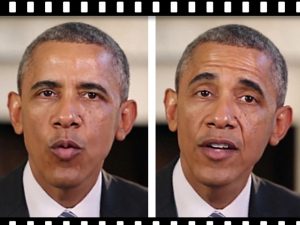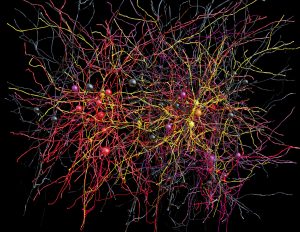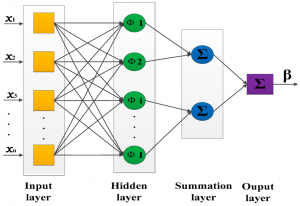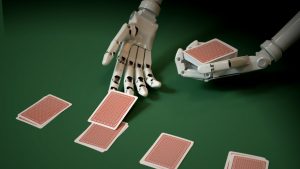
London is a hive of AI activity. The UK is positioning itself as a leader in AI technology and you can barely walk around London without passing an AI company or meetup or training course1. If I didn’t actually have a day job, I could fill my time with AI conferences without actually doing much more than my daily commute. That said I am quite picky about the ones I go to. I’d never been to the AI Congress before and liked the diverse set of speakers and topics. I was lucky that the team at Logikk had invited me as their guest for the two days. So how did it stack up? Well, day 1 was at a much higher level than some of the other conferences I’ve been to, with a lot of implementation and enterprise discussions and far fewer talks on the technical implementations. If you’re senior then these conferences are for you. If you want someone to talk about their latest paper on arxiv then there are far more technical events that will suit you better.
One of the biggest problems I had was that there were three separate tracks and only one of me, so if I didn’t make notes on a particular talk then hopefully the slides will be available after the event at some point. I missed some of the high profile talks, in preference of other speakers, on purpose as I’d already heard those speakers at other events. Continue reading AI Congress London 2018 Day 1

